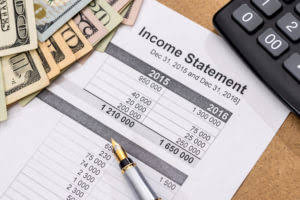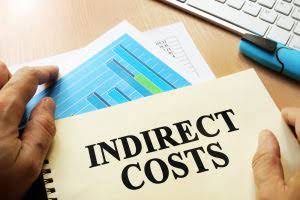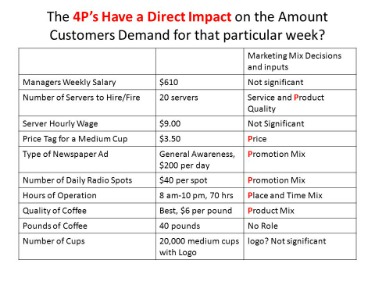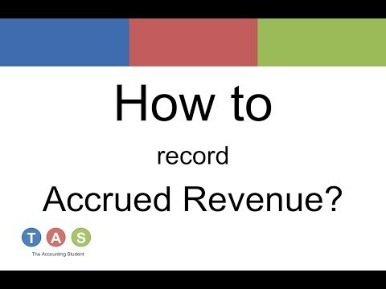Content

See the Instructions for Form 8990, Limitation on Business Interest Expense Under Section 163(j), for additional information. You make a section 1045 election on a timely filed return for the tax year during which the partnership’s tax year ends. See the Instructions for Form 8949 and the Instructions for Schedule D (Form 1040) for more information. Attach to your Schedule D (Form 1040) a statement what is form 1065 that includes the following information for each amount of gain that you do not recognize under section 1045. Generally, the amounts reported in item J are based on the partnership agreement. If your interest commenced after the beginning of the partnership’s tax year, the partnership will have entered, in the Beginning column, the percentages that existed for you immediately after admission.
- Instead, they should file Form 1040 Schedule C. A limited liability partnership would need to file Form 1065.
- Doing so will grant you a 6-month extension to file your Form 1065.
- TAS is an independent organization within the IRS that helps taxpayers and protects taxpayer rights.
- The reportable entity partner must retain copies of required reports it makes to partnerships under these instructions.
- If so, enter the amount from Form 8990, Part II, line 36, for excess taxable income.
- Schedule K’s analysis of net income (loss) is a breakdown of the income or loss according to the nature of the partnership (corporate, individual (active), individual (passive), etc.).
You are under no obligation to use our service to initiate contact with a lender, register for credit or any other products, or accept an agreement from any partner if you do not want to. Be sure to review our FAQs for additional information on issues such as credit and late payment implications. These disclosures are provided to you for information purposes only and should not be considered legal advice. Use of this service is subject to this site’s Terms of Use and Privacy Policy.
Where to find Form 1065?
Net investment income includes the net gains or losses from the sale of an interest in the partnership. However, to figure its net investment income, the active partner needs certain information from the partnership. https://www.bookstime.com/articles/fixed-assets The partnership will report your share of gain or loss on the sale, exchange, or other disposition of property for which a section 179 expense deduction was passed through to partners with code L.
For tax years beginning after November 12, 2020, enter the partner’s amount of deductible business interest expense for inclusion in the separate loss class for computing any basis limitation (defined in section 704(d) and Regulations section 1.163(j)-6(h)). Also attach a statement to Schedule K-1 providing the allocation of the business interest expense already deducted by the partnership on other lines of Schedule K-1 by line number. Do not include excess business interest expense reported in box 13, code K. Do not include any of these direct pass-through amounts on line 17d or 17e. Include in the amount on line 4a any guaranteed payments to partners reported on Schedule K, line 4c, and in box 4c of Schedule K-1, and derived from a trade or business as defined in section 1402(c).
How is partnership income taxed?
In 2019, B’s annual amortization expense for IP is $9,000 for U.S. income tax purposes and $6,000 for financial statement purposes. The goodwill isn’t amortizable for U.S. income tax purposes and is subject to impairment for financial statement purposes. In 2019, B records an impairment charge on the goodwill of $5,000. B must report the amortization attributable to the IP on Part III, line 21, and report $6,000 in column (a), a temporary difference of $3,000 in column (b), and $9,000 in column (d). B must report the goodwill impairment on Part III, line 19, and report $5,000 in column (a), a permanent difference of ($5,000) in column (c), and $0 in column (d). The description for each amount entered in column (a) must be readily identifiable to the name of the account in the financial statements or books and records of the taxpayer, under which the amount in column (a) was recorded in the accounting records.
- If the partnership files Schedule M-3, the amount on line 1 of Analysis of Net Income (Loss) must equal the amount in column (d) of Schedule M-3, Part II, line 26.
- It helps you and the IRS figure how big your piece of the pie is in the partnership and determines each partner’s taxable income—and by extension, tax liability.
- A partnership is the relationship between two or more persons who join to carry on a trade or business, with each person contributing money, property, labor, or skill and each expecting to share in the profits and losses of the business whether or not a formal partnership agreement is made.
- Partners will have to separately determine whether they qualify for the 50% or 100% AGI limitation for these contributions.
- If the partnership is electing to deduct amounts from more than one qualified timber property, provide a description and the amount for each property.
- When a return is made for a partnership by a receiver, trustee, or assignee, the fiduciary must sign the return, instead of the partner or LLC member.
- The 1120 is the C corporation income tax return, and there are no flow-through items to a 1040 or 1040-SR from a C corporation return.
Instead, report the amounts on the attached schedule, statement, or form on a year-by-year basis. Report passive income (losses), deductions, and credits as follows. Report in column (c) any difference that the partnership believes won’t reverse in a future tax year (and isn’t the reversal of such a difference that arose in a prior tax year). The partnership’s items of QBI include qualified items of income, gain, deduction, and loss from the partnership’s trades or businesses that are effectively connected with the conduct of a trade or business within the United States. This may include, but is not limited to, items such as ordinary business income or losses, section 1231 gains or (losses), section 179 deductions, and interest from debt-financed distributions. In general, section 469 limits the amount of losses, deductions, and credits that partners can claim from passive activities.
Bookkeeping





